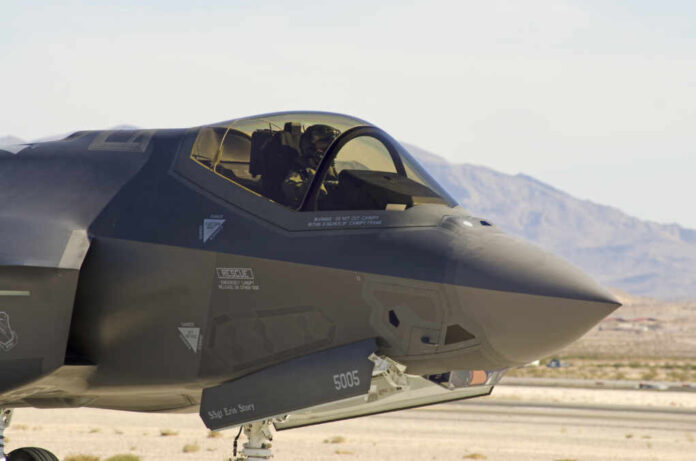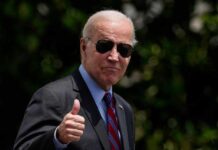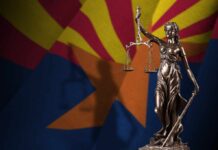
U.S. military fighter jets intercepted a high-altitude balloon flying over the western United States on Friday. The unidentified balloon is a direct reminder of the heightened attention to such incidents following last year’s tensions with China over a similar situation.
North American Aerospace Defense Command (NORAD) reported that the balloon, floating between 43,000 to 45,000 feet over Utah, did not pose a national security threat. Even though officials have said the balloon does not pose any security threat, the story is troubling to the public after the Biden administration bungled a similar situation last year. The White House did not authorize the military to take down a Chinese spy balloon until it had traversed the entire continental U.S.
🚨 #BREAKING UPDATE: In a statement, NORAD confirms they scrambled fighter planes to intercept the “unidentified balloon” after it was detected over Utah.
It’s currently traversing the country eastward along the mid-latitude jet stream at 43-45K feet.
It’s being described as a… https://t.co/SUDFxGpi9V pic.twitter.com/GelYOSkcSm
— Nick Sortor (@nicksortor) February 23, 2024
Officials have not determined the latest balloon’s origin, stirring speculation and concern. This mystery comes against last year’s fiasco, where a Chinese balloon, initially claimed to be for meteorological research, was later revealed by Pentagon officials as a surveillance tool. The incident increased scrutiny over objects traversing U.S. skies, prompting NORAD to adopt a more aggressive stance in intercepting unidentified aerial phenomena.
The balloon was first noticed heading eastward in the jet stream, spotted over Colorado before being intercepted over Utah. This sequence of events underscores the ongoing challenges and threats to national security posed by unidentified aerial objects. While NORAD and the Federal Aviation Administration (FAA) have assured the public that the balloon poses no threat to flight safety, the lack of clarity regarding its purpose and origin is unsettling.
The incident has caught the attention of lawmakers, with Rep. Matt Rosendale (R-MT) expressing concern and vowing to monitor the situation closely. This reflects a broader sentiment among U.S. officials and the public, wary of foreign surveillance and the implications for national security.
In response to last year’s spy balloon fiasco, the Biden administration has instructed the Pentagon to ramp up its detection capabilities and has updated some of the administrative regulations regarding unmanned airborne objects.
While NORAD’s quick response to this latest incident showcases improved readiness, the recurring nature of these events highlights a persistent and troubling trend. As the U.S. continues to navigate complex geopolitical landscapes, the security of its airspace remains a top priority.




























